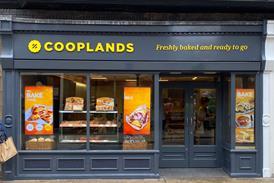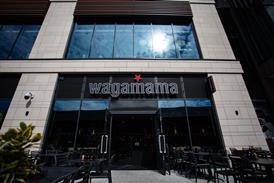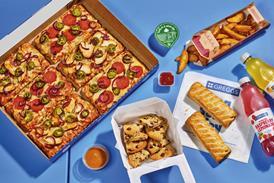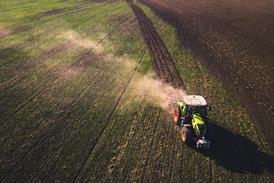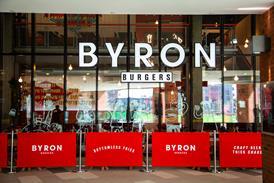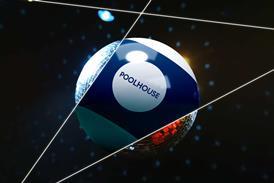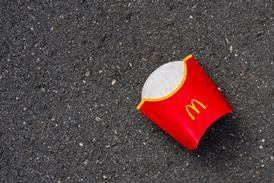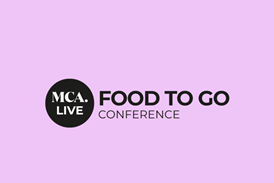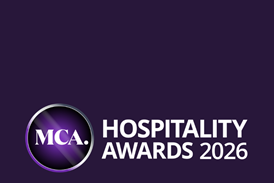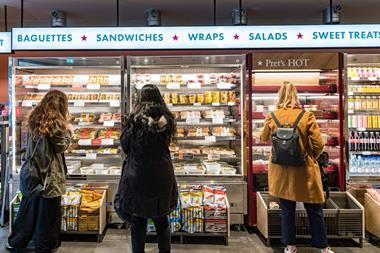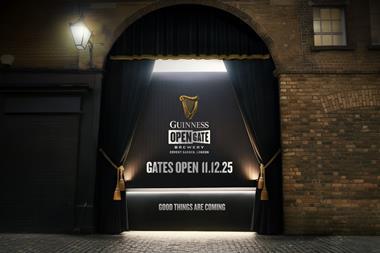Miles Beale, the chief executive of the Wine and Spirit Trade Association assesses the health of the wine sector in the face of stifling taxes and declining alcohol consumption. He predicts wider consolidation across the industry and says there are plenty of reasons to be optimistic in the latest research on the nation’s attitudes towards alcohol. The following is the text of a speech he made at London Wine Fair yesterday:
So what does the UK’s wine market look like today? The fact that the London Wine Fair is bigger and better than last year speaks volumes about confidence in the UK market.
And let’s not be shy about the how significant the UK is in the global market.
Of the major wine importing countries – per head of the population - the UK is by far the most significant in terms of both volume and value per capita.
And while much has been said of the decline in volumes over the last 5 years – a drop of about 14% - it’s worth noting that despite that drop, value has increased by 8 %. And while it’s early days, the latest stats would suggest that the rate of decline in volume is slowing and may even have stopped. So that’s potentially good news………… but watch this space.
And despite a decline in volume over the last 5 years, the UK remains the world’s 6th largest consumer by volume - not bad for a country that until relatively recently was not a producer of wine – or more accurately hadn’t been since the city we are in was known as Londinium.
But as I mentioned there are more exhibitors here than last year and, given what I’ve just said about demand – this makes for an incredibly competitive market. Over the last 10 years we’ve seen a 50% increase in the countries supplying wines to the UK – all competing for a relatively stable demand. So more products from more countries competing with each other which has meant that all those in the supply chain have had to look hard at where their margins lie and to adapt.
Just to pick a couple of examples: internet sales have grown reflecting the change in consumer buying behaviour and we’ve seen the introduction of innovative funding streams from, for example, crowd funding for vineyard expansion at Chapel Down or the “angel” funding mechanism introduced by Naked Wines.
And Majestic’s recent buy-out of Naked Wines is perhaps the most apposite example of how the challenge of a tough market is being met – consolidation. The last year has seen some quite significant merger and acquisition activity – perhaps most notably the Bibendum and PLB merger – and there is widespread acknowledgement that further supply chain consolidation is on the cards.
So against a backdrop of tough trading conditions – none of you want to see burdens imposed which make trading even more challenging. And top of the list of burdens for many of you in the room will be taxes.
And while there is more than an element of truth in Benjamin Franklin’s observation that in this world nothing can be said to be certain except death and taxes - he was careful not to mention rates of tax and it is those rates - particularly excise duty rates - that are the problem.
In the tax year 2013/14 UK consumers paid a staggering £3.7 billion in excise duty. Wine drinkers in the France, Germany and Italy combined consume more than 6 times the volume of wine of UK consumers yet UK consumers paid a staggering two thirds of all EU wine excise duty. I’ve quoted that figure a number of times and it still never ceases to amaze me.
But I’m pleased to say that the Government froze the rate of wine excise duty in the year’s budget. At the time I described the result as a near perfect outcome, only near perfect because wine duty was frozen while it was cut for spirits. Nonetheless it was the first time in 19 years that duty was not increased.
So why was duty on wine frozen and cut for spirits. For the second year running the WSTA led an industry campaign calling for a change to the excise duty regime. In 2013 we successfully lobbied for an early scrapping of the alcohol duty escalator and this year we argued for a cut.
So why did Government listen. For a number of reasons, most importantly our campaign was supported by independent economic analysis that demonstrated that a cut would stimulate the sector, creating jobs and resulting in greater net gains for the Treasury. And I strongly believe we pitched the tone right – we were pretty matter of fact with an absence of foghorn diplomacy and we also engaged MPs.
But not only was the campaign well managed, we had over the course of the last few years earned the right to be listened to on the tax issue because we had demonstrated in other areas that we were an industry who was prepared to seriously engage with Government. Not to just shout from the sidelines but to engage, sit around the table, roll-up our collective sleeves and come up with workable and practical solutions.
On a range of health and social responsibility issues the industry had shown it was prepared to show leadership – from labelling - including adding voluntarily pregnancy information on over 90% of products and unit information on 80%, through developing new guidelines for the responsible retail of alcohol, to working in partnership at local level to address irresponsible drinking through Community Alcohol Partnerships.
The initiatives and more gave the industry the legitimacy to pursue its economic goals. Without which I do not believe we would have secured the two consecutive changes to duty rates.
So what next? A month or so ago, when I first turned my mind to what I was going to say today there was every reason to believe we might not yet have a Government in Westminster and that coalition negotiations would be still ongoing. How wrong.
Last week I wrote to a number of ministers in the Government and there are still more letters to go once Ministerial portfolios are agreed.
And while each letter was different depending on to which Government Department I was writing – the key message in each letter was consistent.
The wine and spirits industry is worth nearly £45 billion a year and contributes £15.5 million in tax revenue. And, as an industry that supports nearly 600,000 jobs it has the potential to grow creating further jobs and helping the UK’s economic recovery.
But we can only thrive if allowed to trade in the most favourable economic conditions. That means removing unnecessary red tape, working in partnership to find solutions to common problems and only introducing legislation where absolutely necessary. And while there is cause for optimism in much of the business friendly language that peppered the Conservative election manifesto - there will still be challenges to be faced.
To cite one example – there is an ever growing caucus calling for information on the calorie content of alcoholic drinks to be made available. This raises a number of issues: how best to provide the information in a meaningful way – should it be per serving, per unit of alcohol, per bottle? And where should the information be made available? Leaving aside the imperative to avoid disrupting the single market, simply adding more to an already information packed label cannot be the best solution particularly given how we all access information today. It all seems a very 20th century solution to a 21st century issue.
But this does provide the industry the opportunity to demonstrate that it is ahead of the game. Drinkaware has long given information on the calorific content of a range of alcoholic drinks and I’m pleased to say the WSTA will be playing its part to. We’ve produced a card sized guide based on the average calorie content of a range of drinks and this will shortly go on our website too. Come and get your card at our stand.
But it is critical that we do engage on difficult issues. And there are plenty looming –from the the threat of local licensing restrictions to restrictions on sponsorship and the voice of the anti-alcohol lobby is as strong as ever. That said, I am confident that as a result of being able to demonstrate the results of effective engagement and partnership over the last five years industry and government can continue in that vein over the next Parliamentary term.
And what of demand? As I mentioned earlier there are signs that the decline in wine sales in the UK might be at an end. And recent stats are further cause for optimism.
Sparkling wine sales continue to grow. And the recent estimates for the record 2014 harvest for English wines showed a record year with output up a staggering 40% of which two thirds is sparkling.
So maybe, sparking wine and English sparkling wine might just be the spark to rekindle an interest in wine and remind turn more consumers back to what is still the nation’s favourite drink.
And with the industry backing the WSTA we can fully represent a growing sector leaving the industry time to do what it does best – supplying products enjoyed by over 30 million people in the UK and exported all around the globe.


